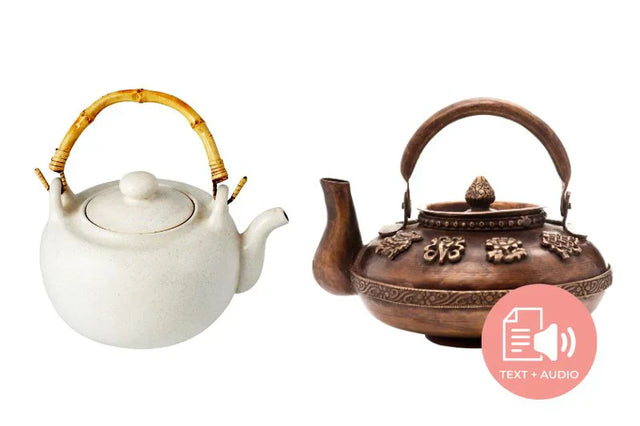
Japanese Tea vs Indian Tea - 10 Battles You Don't Want to Miss
Prepare for a clash of two of the world's most popular teas: Japanese and Indian tea. Learn the distinctions and choose your winner!
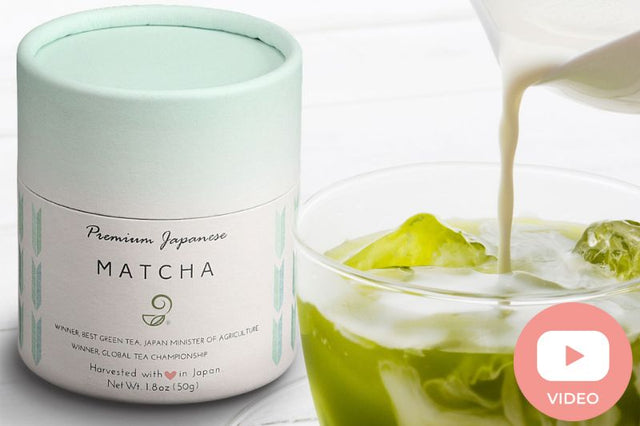
How to Cold Brew Matcha: Your Comprehensive Guide
Looking for a new way to enjoy matcha? Try cold brewing! Our guide walks you through everything from the best matcha to use to the perfect brew time. Transform your...
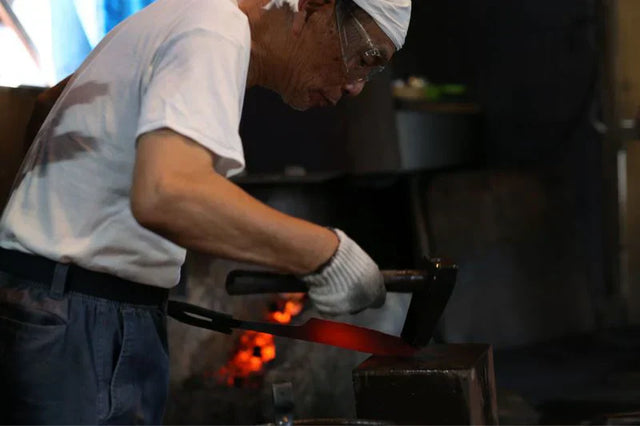
About Mr. Ueta’s Injury and His Work
Read the inspiring story of Mr. Ueta, a Japanese knife craftsman who overcame a life-changing injury and continues to create exquisite knives today.
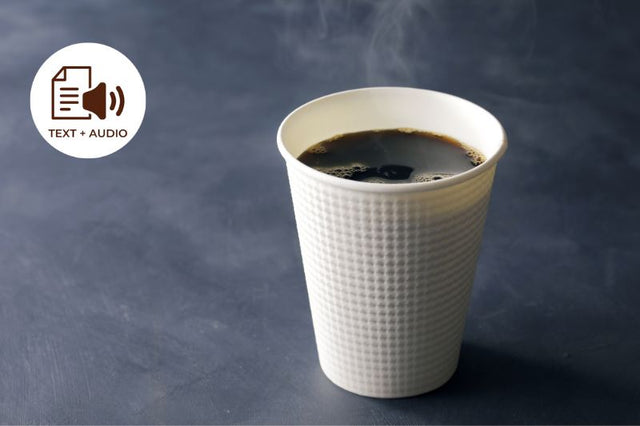
Japanese Convenience Store Coffee War
Uncover the competitive world of Japanese convenience store coffee, where major players battle for supremacy. Dive into a rich culture of taste tests and exclusive blends.

Gluten-Free Hojicha Cookies
Satisfy your sweet tooth with these delicious gluten-free Hojicha cookies. Made with roasted green tea powder, they're a healthy and flavorful treat that's perfect for any occasion. Get the recipe...
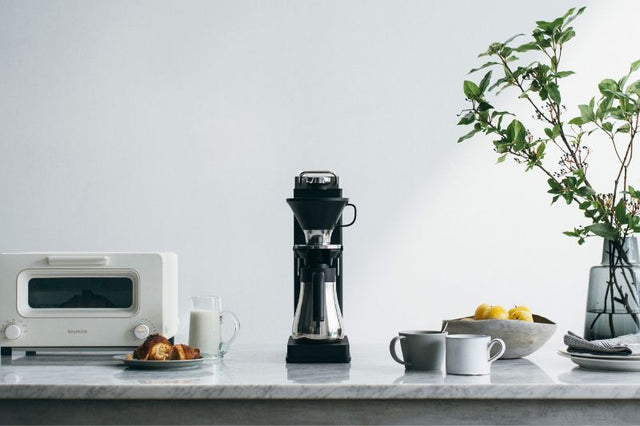
Behold: Balmuda's "The Brew" - Tokyo-based design powerhouse brings their coffee maker to the USA
Experience Balmuda's excellent coffee machine as Tokyo's design influence makes its way to the United States. This cutting-edge technology will enhance your coffee experience.

How Blue Bottle was Inspired by Japanese Coffee Culture
Discover the fascinating story of how a trip to Japan inspired the founder of Blue Bottle Coffee, one of the world's most beloved specialty coffee companies. From hand-dripped pour-over coffee...
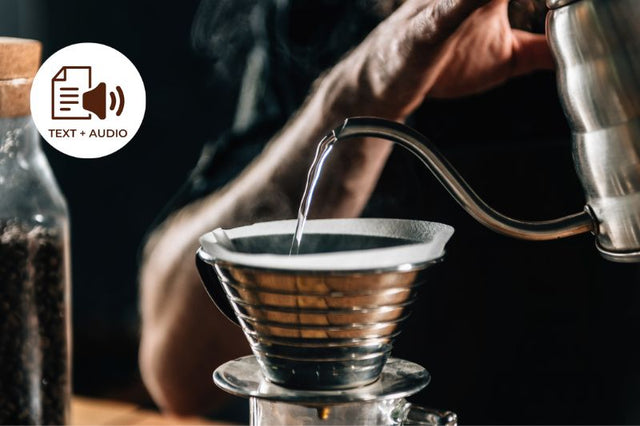
Kalita - Everything You Need to Know
Unlock the secrets of Kalita and take your coffee brewing skills to the next level. Discover the art of coffee brewing with this comprehensive guide to Kalita Wave. Whether you're...
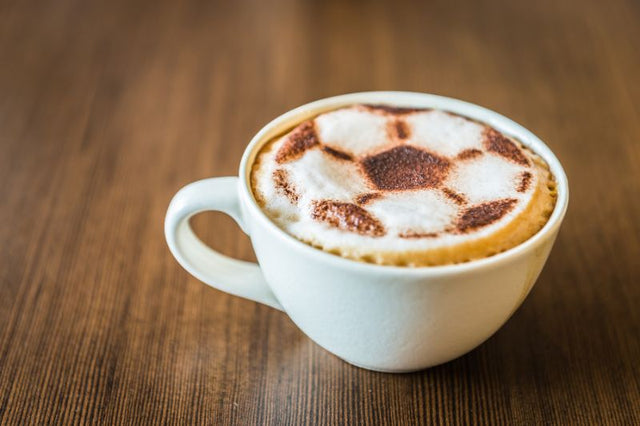
Coffee from Okinawa, dream of Naohiro Takahara, Soccer Legend
Discover how soccer legend Naohiro Takahara's dream of bringing Okinawan coffee to the world is transforming the local coffee industry.
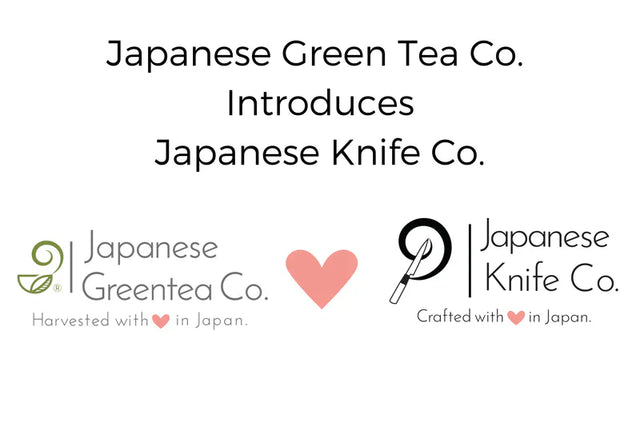
Japanese Green Tea Co. introduces Japanese Knife Co. - Best Knives from Japan
I would like to announce something we have never done before and the biggest project we have ever done in our company's history.We have been working on this since the...
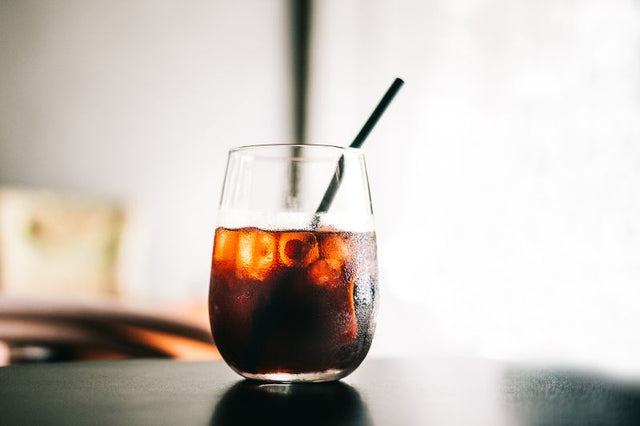
Why Japanese Iced Coffee is so popular
Discover the secret behind why Japanese iced coffee is so popular among coffee lovers. Learn about its unique brewing method and why it's preferred by many. Click to read more!...
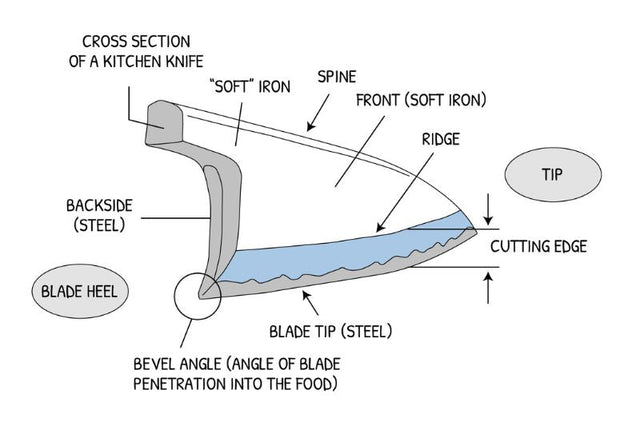
The Anatomy of a Knife – Everything You Need to Know about Parts of a Japanese Knife
Discover the anatomy of a Japanese knife and gain a deeper understanding of its construction, components, and how they affect its performance. Read more!
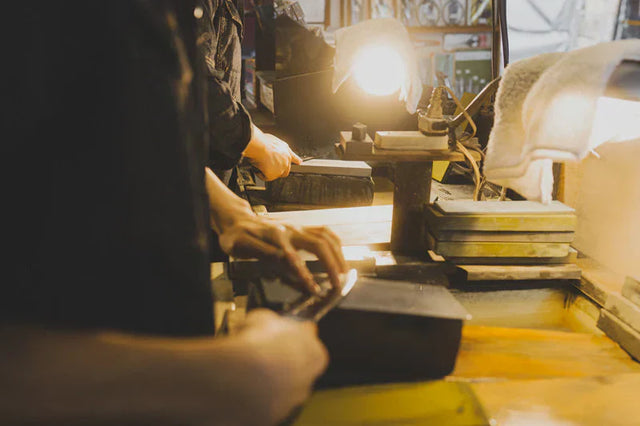
Everything you need to know about the History of Japanese Knives
Japanese knives have a rich history dating back to the ancient samurai era and are renowned for their superior craftsmanship and cutting performance.
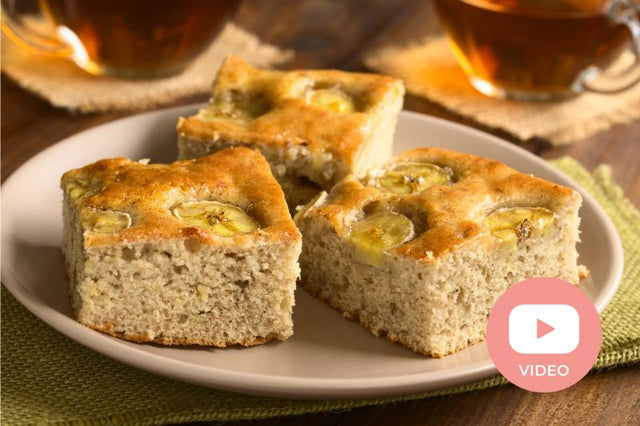
Hojicha Banana Cake: A Delicious Way to Satisfy Your Sweet Tooth
Give your taste buds a wonderful twist! See how to prepare a Hojicha Banana Cake that perfectly combines the earthy aromas of hojicha tea with the sweetness of bananas. Prepare...
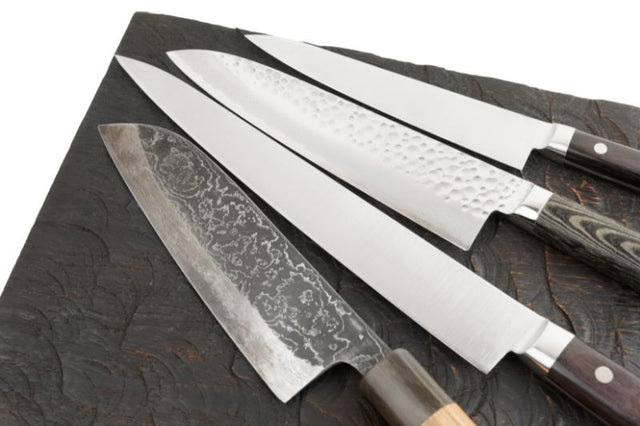
Eight Types of Japanese Knives and How to Use
Discover the art of Japanese knife cooking! Discover the 8 must-have knives for any chef and learn cutting techniques to elevate your culinary skills.
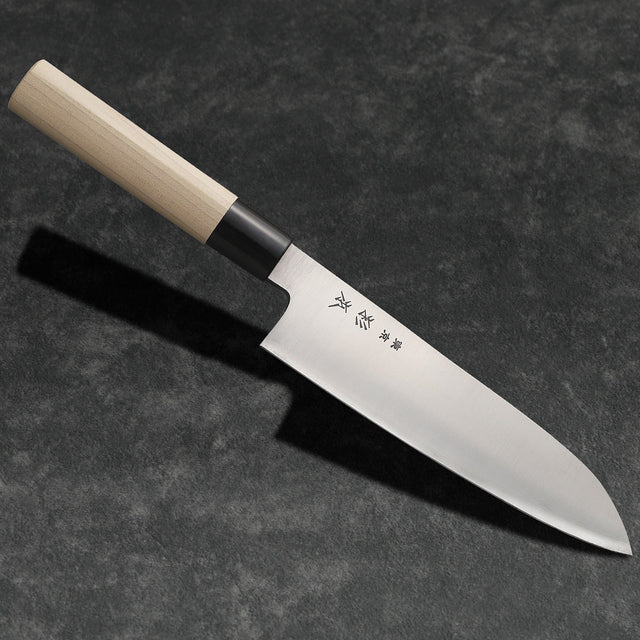
Everything You need to know about Gyuto Knife
Experience the precision and beauty of the Gyuto knife, a versatile Japanese blade that can handle any kitchen task.
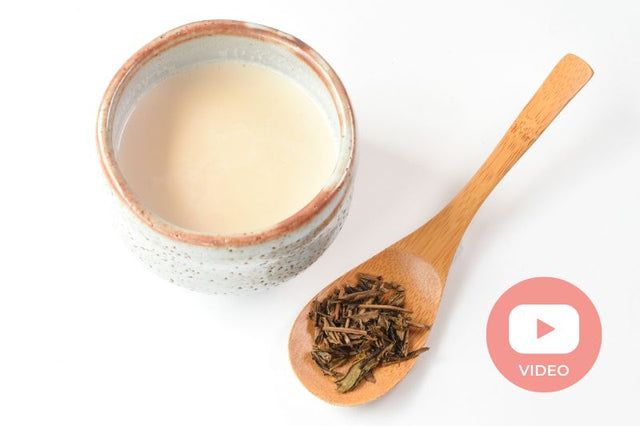
How to Make Hojicha Syrup
Experience the delectable flavor of homemade hojicha syrup! Discover how to prepare this versatile ingredient that may be used to enhance cocktails and sweets.
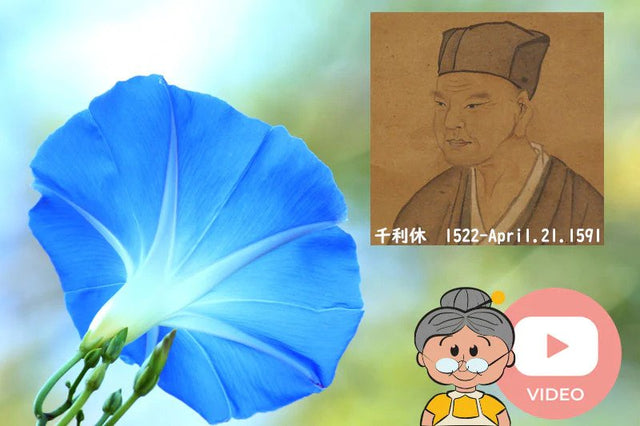
Sen No Rikyu – The Tea Master that Changed Japanese Tea Culture Forever
Learn the remarkable story of Sen no Rikyū, a renowned tea master whose creative techniques and ideas revolutionized the landscape of Japanese tea culture.
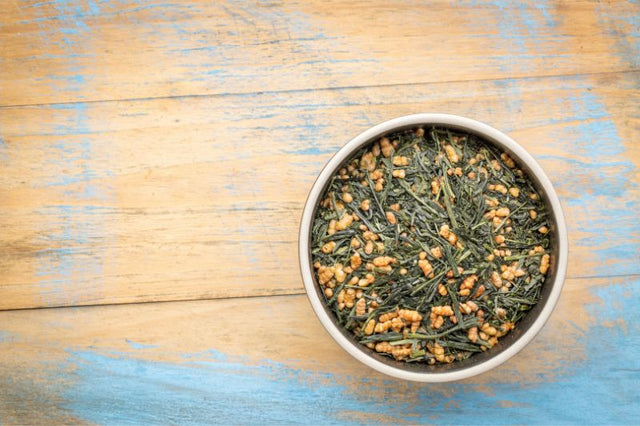
Everything You Need to Know about Genmaicha (玄米茶)
Genmaicha is a delicious and unique Japanese tea that combines green tea and roasted rice. Learn about its flavor, health benefits, and cultural significance in our comprehensive guide.
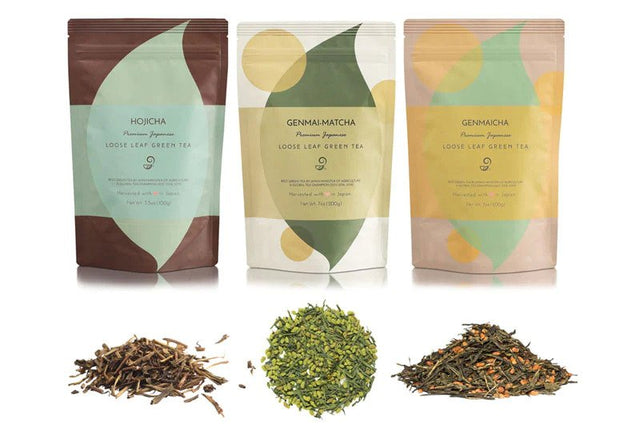
Introducing Eco-Friendly Resealable Package for Hojicha, Genmaicha and Genmai Matcha
We are happy to announce the new eco-friendly resealable package for our popular Hojicha, Genmiacha, and Genmai Matcha Loose Leaf Tea! The modern and clean design looks good together on your kitchen counter...

Hojicha Craze Goes Global
Experience the international craze that is Hojicha, the roasted green tea that is sweeping the tea world. Understand its distinct taste character and expanding global appeal.
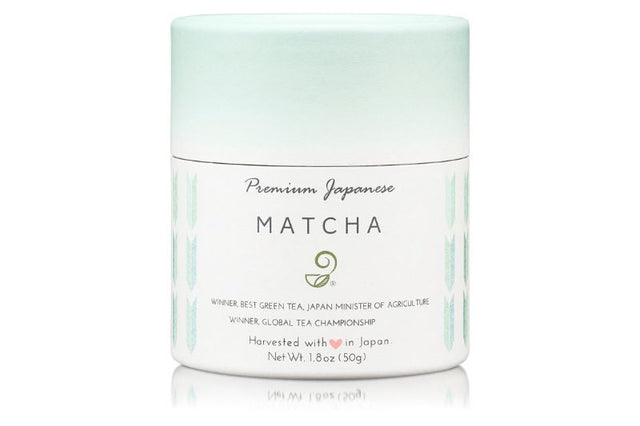
Introducing New Matcha Paper Tube - Choose Eco-Friendly
Start exploring the environmentally friendly Matcha Paper Tube. Embrace ecological packaging while retaining the flavor of quality matcha.

Tea & Oat Milk - A Cup of Good Choices
Experience the ideal combination of tea and oat milk, a delectable and nutritional alternative. Enjoy the creamy texture and one-of-a-kind flavor combination for a cup of bliss in every sip.
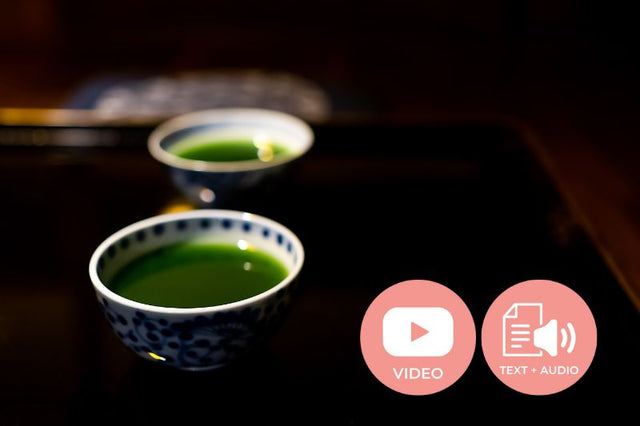
The History of Japanese Green Tea
Discover the rich history of Japanese green tea, tracing back centuries of tradition, cultivation, and the art of tea preparation in Japan.
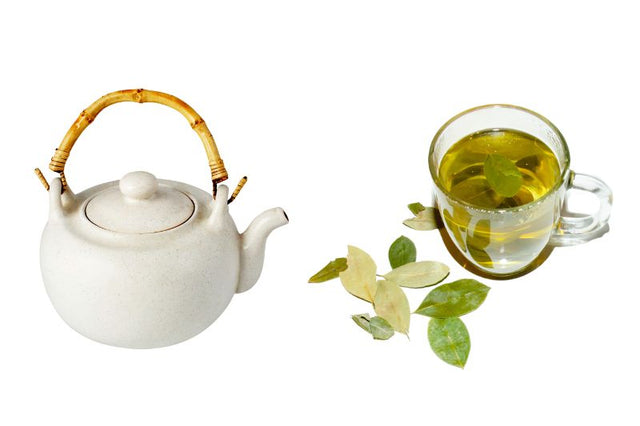
Japanese Green Tea vs. Peruvian Tea
I recently had the pleasure of visiting the Land of the Incas, Peru. Besides the many amazing sights, a local popular tea also held a fascination for me. I thought of...
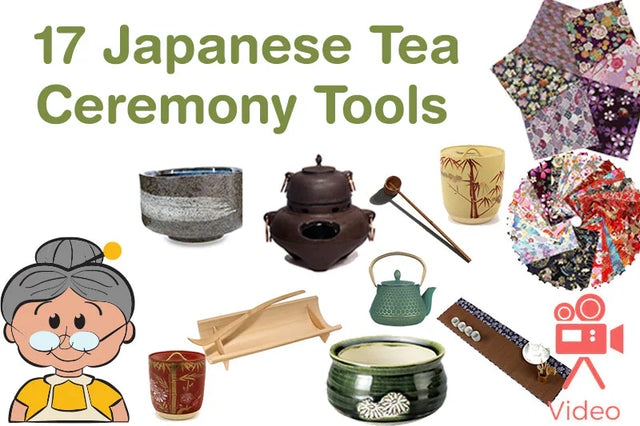
17 Japanese Tea Ceremony Tools
Discover a curated selection of Japanese tea ceremony tools on Amazon. Embrace the artistry of tea gatherings with authentic equipment.
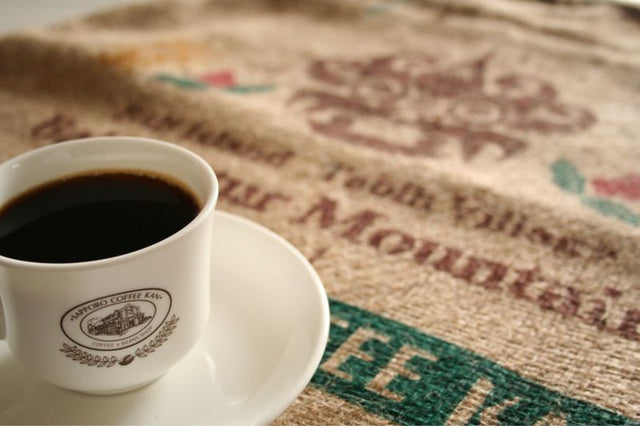
About Sapporo Coffee Kan - The Roaster
Learn about Sapporo Coffee Kan, a roaster in Japan that produces exceptional coffee beans. Discover their unique methods and the history behind their success. Find out what makes Sapporo Coffee...
Your cart is currently empty.
Start Shopping

















